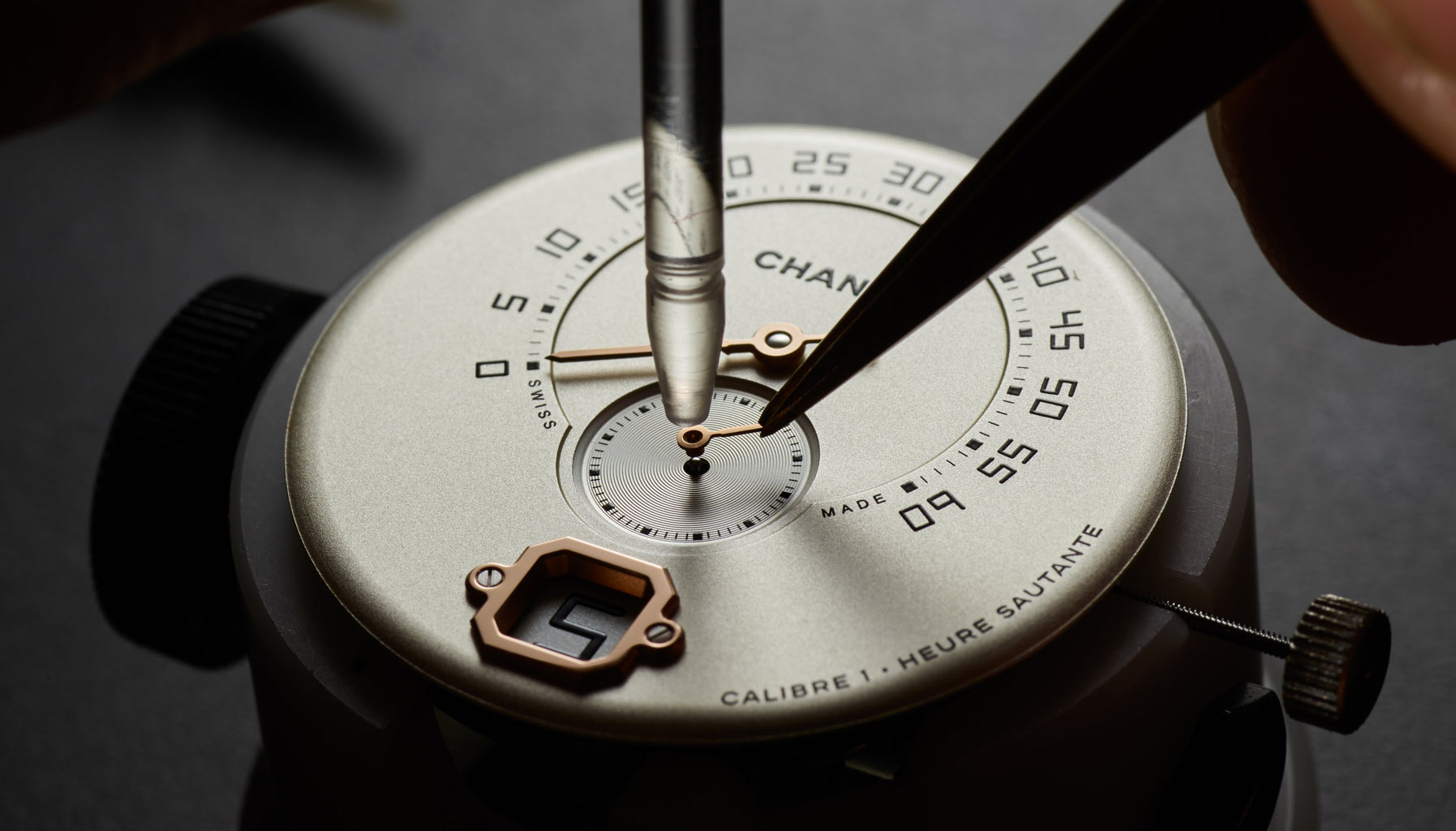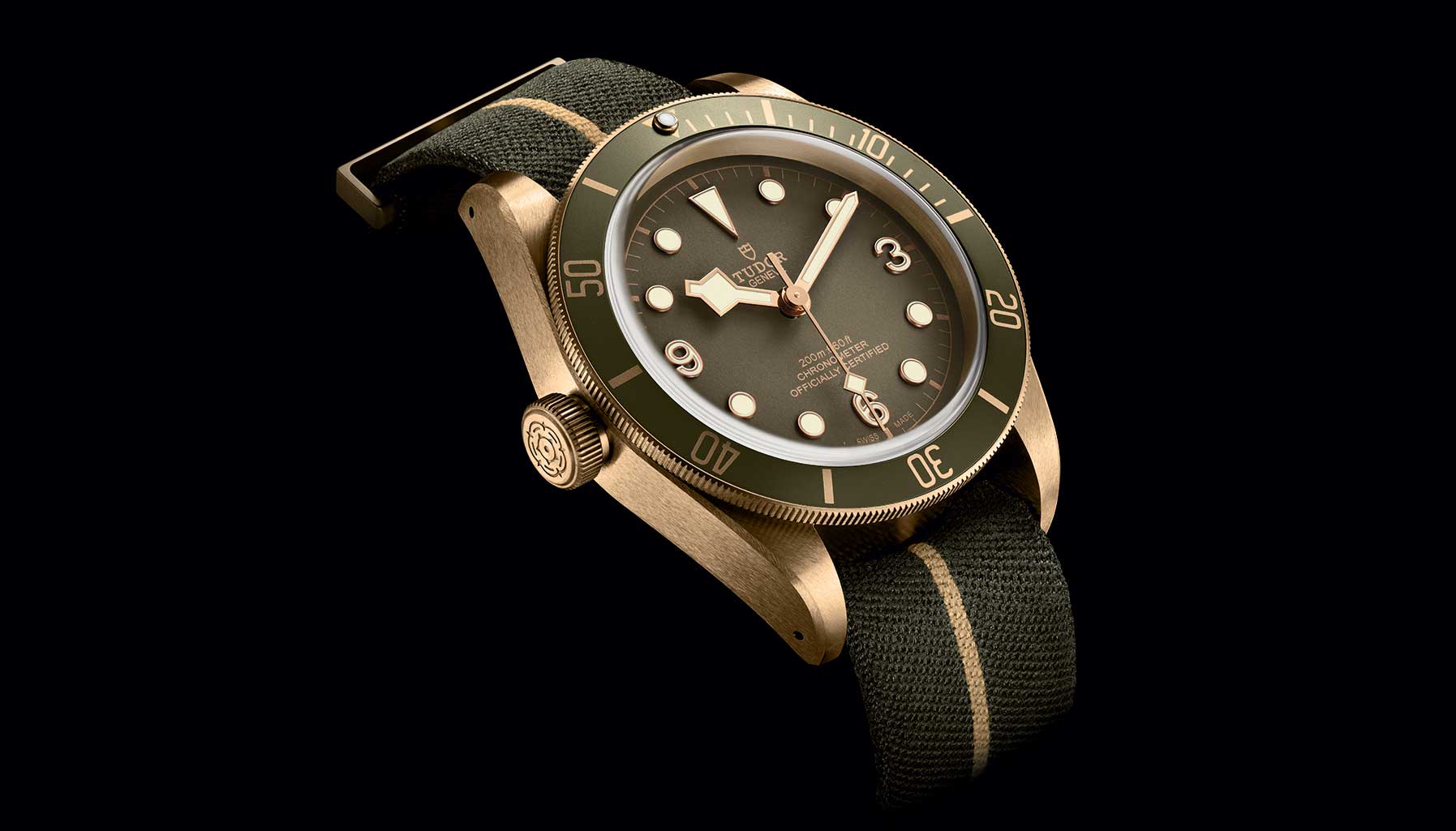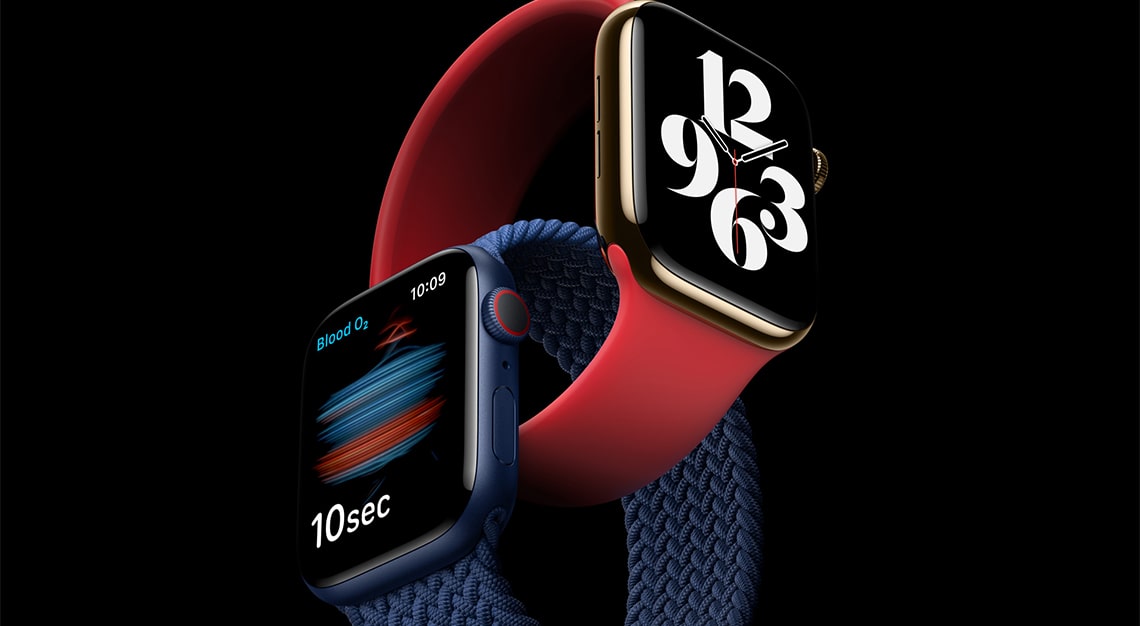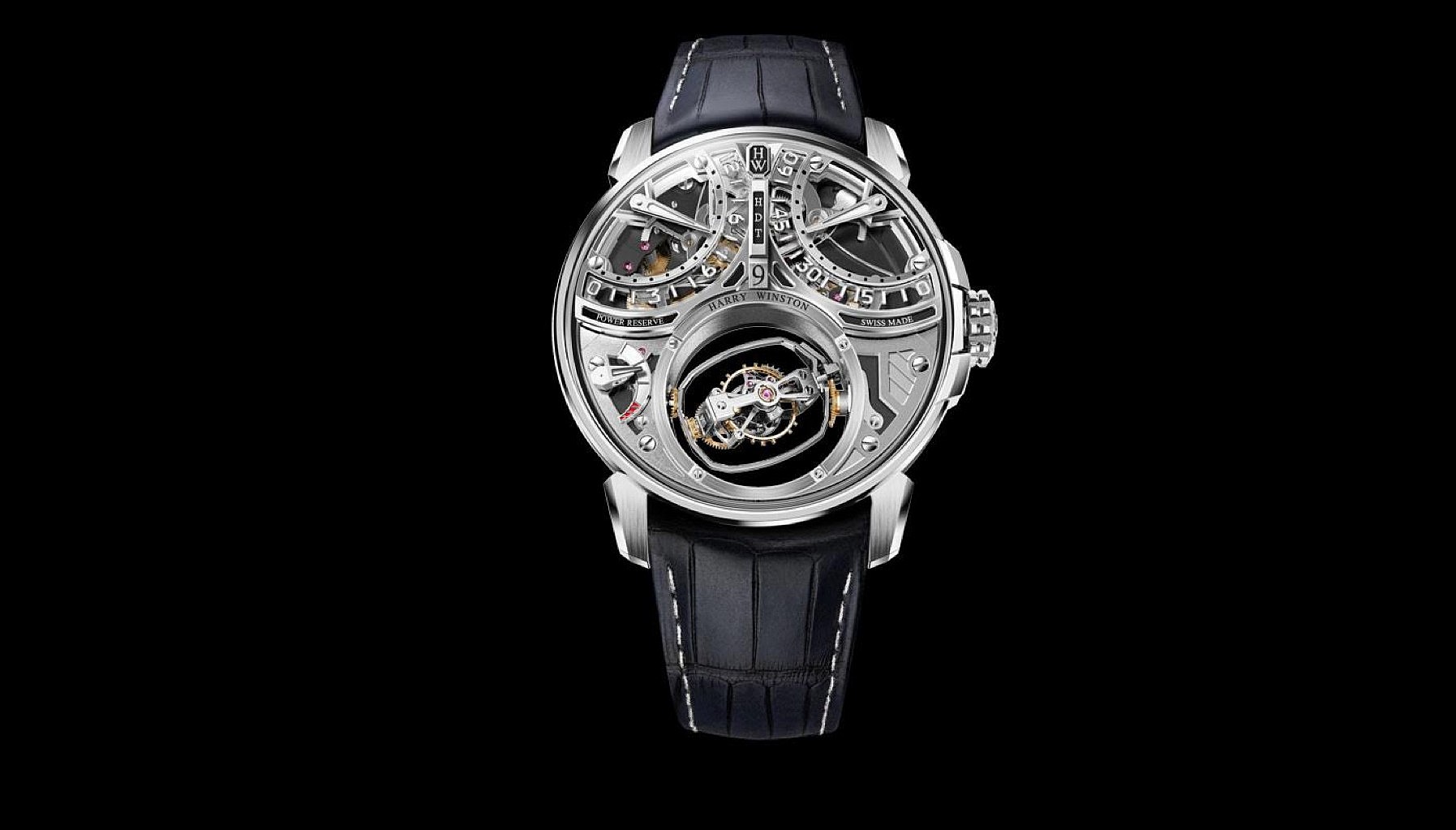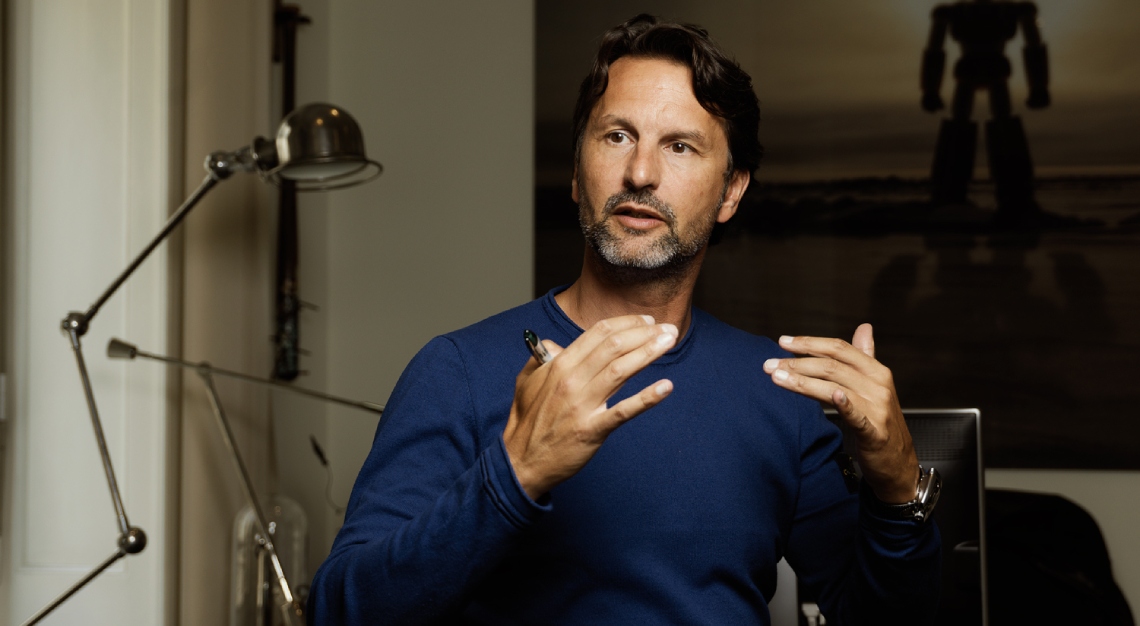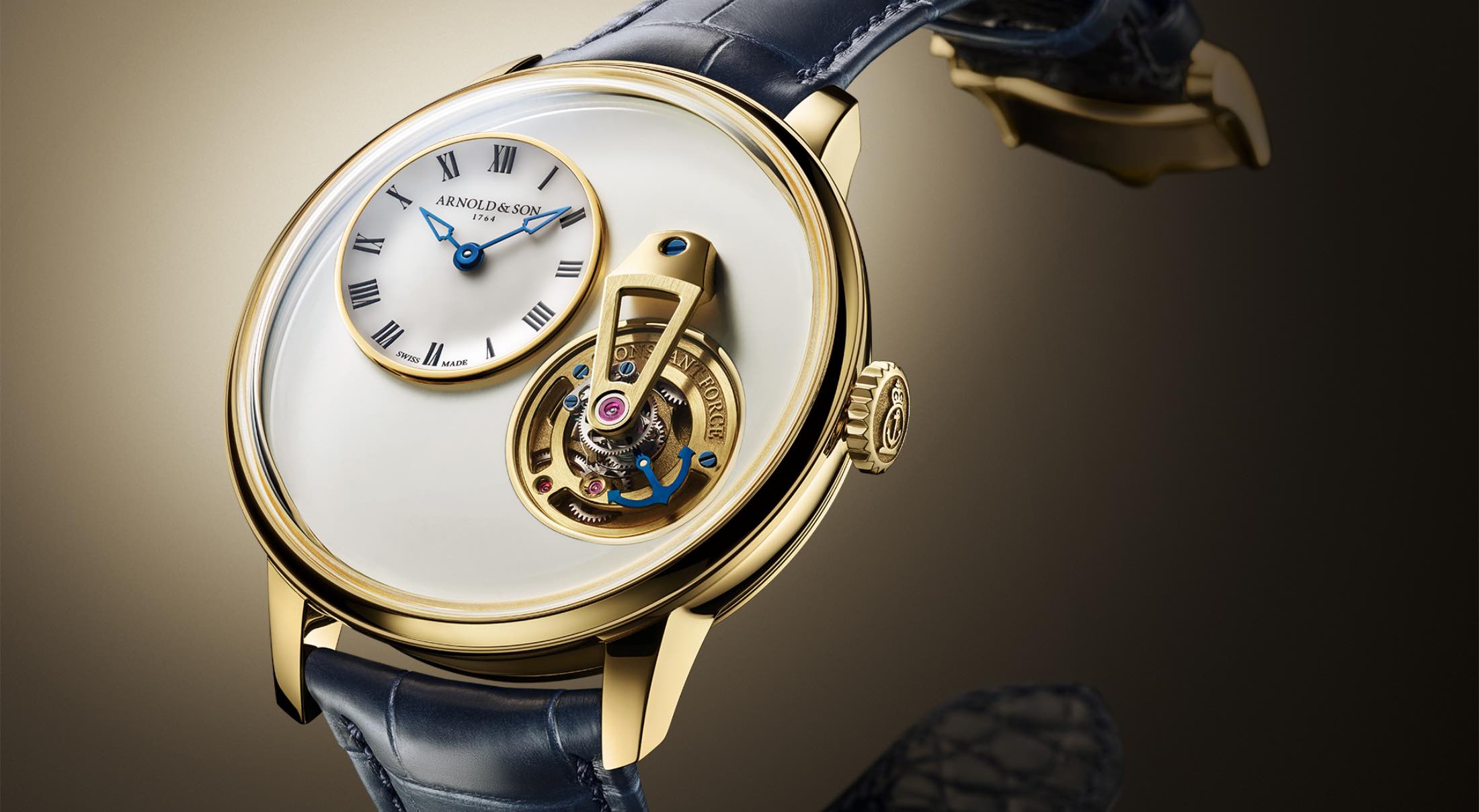In A Timely Fashion
The worlds of haute couture and haute horlogerie traditionally do not meet. This is why the work of Chanel in haute horlogerie circles has become the subject of much envy among its contemporaries in fashion and new- age watch brands that are trying to make their mark in the industry.
It has been 30 years since Chanel had entered the world of luxury watchmaking and the Parisian couturier has achieved so much across all fronts.

Chapter One
With Premiere – its first watch – Chanel opened a door in luxury for itself and fashion houses in general; where before, fashion watches were more accessories than timepieces, priced in the vicinity of a few hundred euros. Designed by its creative director at the time, the late Jacques Helleu, Premiere broke through this pricing bracket and was the first luxury fashion watch. Today it retails for SFr3,000 (S$4,000) to SFr5,000 (S$7,140) on average.
Chapter Two
But it was the J12, also designed by Helleu and inspired by yachts, that propelled Chanel to new stratospheric heights. Famous for its unparalleled mastery of high-tech ceramic, the J12 formulated a design language never before seen in luxury watchmaking. A closely guarded secret, this high-quality ceramic manufacturing technique is done at Chanel’s proprietary facility, G&F Chatelain, which has a long history in watch production and is located in La Chaux-de-Fonds. This manufacture is the epicentre of Chanel fine watchmaking, where ideas turn into reality.
Technically Masculine
Chanel’s attempts to enrich its haute horlogerie content resulted in such striking creations as the J12 Tourbillon, J12 Mysterious Retrograde and J12 Calibre 3125. These were all produced in collaboration with movement specialist Audemars Piguet Renaud & Papi. But in 2016, Chanel made a quantum leap in establishing itself as a maker of true luxury men’s watches with Monsieur de Chanel, a watch with a movement that was conceived and produced in-house at G&F Chatelain.
Monsieur de Chanel comes with a unique complication – jumping hour with retrograde minutes – but more importantly, symbols of Chanel have been cleverly integrated into this timepiece.

The maison’s most masculine symbol is the lion and you could almost see it setting the template of the dial. Indeed, the six o’clock positioning of the jump hour window is rather unusual and the 240-degree retrograde minutes is quite a rare sight as well.
Both of these point to Chanel’s uncompromising approach of putting technique at the service of design.

The movement, Calibre 1, was also made to follow a very specific aesthetic: the balance wheel contains the Chanel comet; the circular bridges are graphic and minimalist; the symbolic lion (a mark of proprietorship and finesse) is embedded on the main plate.
It’s a very different watchmaking philosophy here. In every Chanel watch, design simply cannot be compromised. The maison would always tell its watchmakers to find new solutions in order to preserve, 100 per cent, the symbols and icons of the house.

Brilliant Blossom
Following Calibre 1, Chanel expanded its portfolio of in-house movements with another one-of-a-kind movement pithily named Calibre 2. Housed in Premiere, it is a manual winding movement skeletonised to the extremes and stylised to resemble a camellia – another classical code of the house. More importantly, Calibre 2 is designed with bridges on multiple levels so as to realise a three-dimensional camellia, where the petals emanate from the cannon pinion and are rendered at different sizes and varying depths.

This specific design necessitates a completely new homologation process for the case, and the incredible transparency afforded by the extreme skeletonisation evokes a sense of weightlessness, as if the camellia is suspended in mid-air.
The Premiere Camelia Skeleton is thus no ordinary skeleton watch. Like Calibre 1, Calibre 2 is also coated with black ADLC, harkening to the house’s most emblematic hue. Versions of Calibre 2 with gem-set bridges further attest to Chanel’s watchmaking know-how and mastery of sertissage. Even the hour and minute hands can be set with brilliant-cut diamonds. The spokesman also reveals that the watch was subjected to a Chronofiable test. And if you must know, it averages -5/+10 second on rate per day and its balance wheel oscillates at four Hertz (28,800 vibrations per hour).
Epilogue
Looking at everything it’s done to date, Chanel has undoubtedly achieved far more than any other couturier.
With the J12, it started a worldwide trend on high-tech ceramic; with Mademoiselle Prive it dabbled in metiers d’arts; with Premiere it won awards in haute horlogerie; and with Monsieur de Chanel, it showed everyone that haute horlogerie does not reside solely in the realm of traditional marques.
Chanel may have taken 30 years to arrive at this point – and 30 years may be a pretty long time – but if any fashion house would have a shot at giving traditional watchmakers a run for their money, it’s Chanel.
